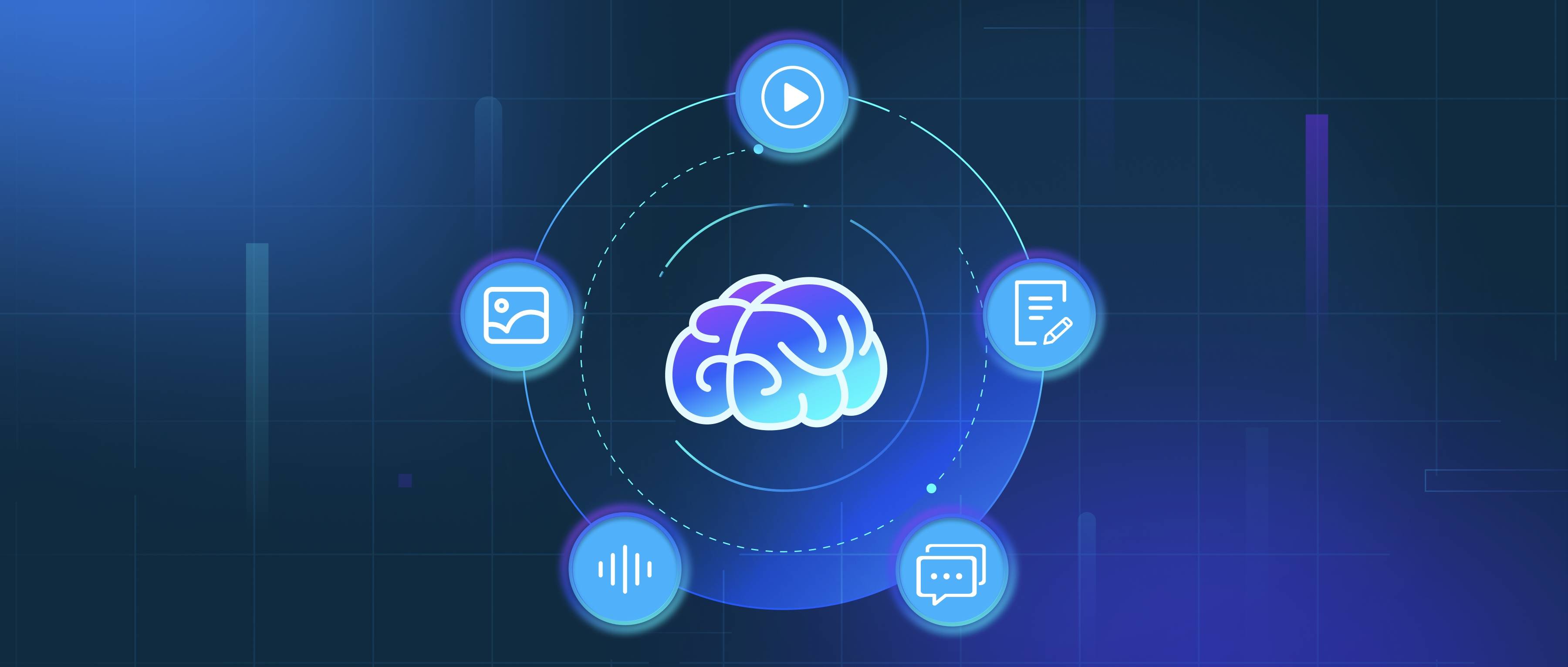Yes, LLMs can operate on edge devices, but they require optimization to meet the constraints of limited computational resources and storage. Techniques like model quantization, pruning, and knowledge distillation significantly reduce the size and complexity of LLMs, making them suitable for edge deployment. For example, a distilled version of BERT can perform natural language tasks on mobile or IoT devices.
Frameworks like TensorFlow Lite, ONNX Runtime, and PyTorch Mobile facilitate deploying LLMs on edge devices by supporting hardware-specific optimizations. These frameworks take advantage of hardware accelerators like GPUs, NPUs, or custom AI chips commonly found in modern edge devices.
While edge deployment has limitations, such as reduced accuracy compared to larger models, it offers advantages like low latency, offline operation, and enhanced privacy by processing data locally. These factors make edge-optimized LLMs valuable for applications like voice assistants, real-time translation, and smart home automation.
